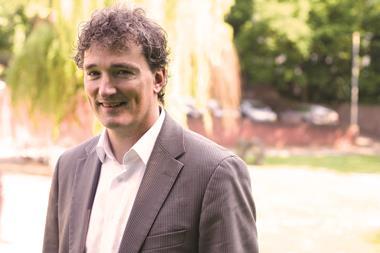EUROPE - Developed economies should expect future real GDP growth of 1%, and 2% looks like a "home run", according to Rob Arnott, chairman of US-based alternative index and asset allocation specialist Research Affiliates.
Real GDP growth of around 2.5% in developed markets over the last 30 years was an anomaly partly caused by an accident of demographics, Arnott argued, and lower Western GDP growth will partly be a result of retiree baby boomers and a lower proportion of young adults.
"In particular, from the 1970s until recently, Western economies had fewer and fewer children and relatively few retirees, with a booming young workforce - a "sweet spot" of GDP growth that will not be repeated," Arnott said. "Once the tiny generation of depression babies of the 1930s retired, in the 1990s and early 2000s, the retiring boomers mark the end of this 'sweet spot'."
He continued: "Demographics matter a lot more than we might expect. People in their 40s and 50s are at the peak of their career, but their contribution to the rate of change of GDP is slowing.
"A high rate of growth of GDP is predominantly associated with young adults [the 20-39 age group]."
He said stocks performed better when there were many in the 35-59 cohort and when the 45-64 cohort was growing, but worse when there were many elderly or children, or when the young adult or 70-plus cohorts were growing quickly.
Arnott noted that the US had this year seen more net new senior citizens than new workers.
"The workforce is much older than it was during the last 60 years, and the rate of growth in productivity is slowing," he said.
"A shrinking workforce, an ageing workforce and less productivity growth leads to slowing GDP growth."
He put the cost of slower workforce growth at 0.8% of GDP.
Arnott also argued against deficit spending, as this creates "phony GDP".
Pointing to huge levels of off-balance sheet spending in countries like the US, Arnott also said the growth in the debt-to-GDP level from 50% to 100% over the last 30 years would cost 0.83% of GDP until the debt was reduced.
As a result, Arnott argued, "the recovery is the new definition of boom time".
However, he added: "We'd much rather have stalled high GDP than growing, low GDP, so the picture's not horrendous. A haircut of 2% is not so bad."
Pointing to historical data showing a very close relationship between starting yield of long-bonds and the subsequent 10-year return - of 0.89 in the case of the US and 0.93 in the UK - Arnott advocated diversification of portfolios to a broad range of asset classes, including emerging markets.
He also said high-yield bonds showed higher correlation to CPI and RPI than inflation-linked bonds, as the asset class benefits from the erosion of the real level of the corporate's debt due to high inflation.
Arnott said equities showed inflation-hedging characteristics, but only over periods of five years or more.












No comments yet